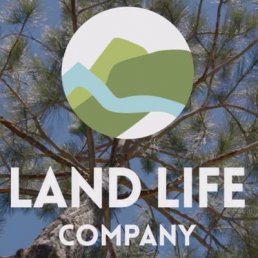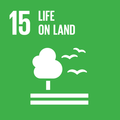The Cocoon is a biodegradable tree incubator, designed to provide seedlings with shelter and water and give them a higher chance of survival in degraded ecosystems.
The Cocoon is a donut-shaped pot that is designed to protect seedlings during their first year of growth – the time when they are most vulnerable. The Cocoon is made from recycled paper pulp, and is completely biodegradable. The seedling sits in the centre of the pot in a protective shelter, making it less exposed to animals and harsh weather conditions. The pot around the seedling holds 20 litres of water, and wicking technology slowly transports the water from the outer container into the protective shelter. This provides a stable source of water for the seedling during early growth when the seedling is establishing root structures to find groundwater. This is particularly critical in areas where there is little rainfall, as without secure water access, plants often die before they are able to develop roots deep enough to discover water beneath the surface.
Land Life have already commenced projects in over 25 countries. For instance, in Australia they partnered with the University of New South Wales to reforest a former mine site. Australia’s gold rush, which took place during the 1850s, left an unfortunate legacy of over 50,000 unrestored mine sites. The two organisations planted two types of native Australian trees – eucalyptus and casuarina trees – in the former mine site using the Cocoon technology. Despite harsh weather conditions and dry soils, 90% of the seedlings have survived.
Why you should care
At present, there are over two billion hectares of land on earth that have suffered from degradation. Reforesting arid areas is challenging due to harsh conditions, dry soils and inconsistent rainfall. Conventional reforestation techniques in these areas may rely on irrigation, which can be expensive and water intensive.
Reforestation can bring numerous benefits to the environment and to people. It can protect the watershed, prevent erosion and landslides, and act as a natural carbon sink. In addition, forests can provide livelihoods, shelter, food and medicine for rural communities.
How the Global Goals are addressed
Climate action
The world’s forests are the second largest carbon sinks after our oceans. Increasing forest coverage is an effective way to sequester carbon naturally.
Life on land
Forests are home to 80% of life on earth. New technologies to promote reforestation will combat desertification and restore degraded lands and soils. Land Life’s monitoring technologies can also help to improve forest resource management.




